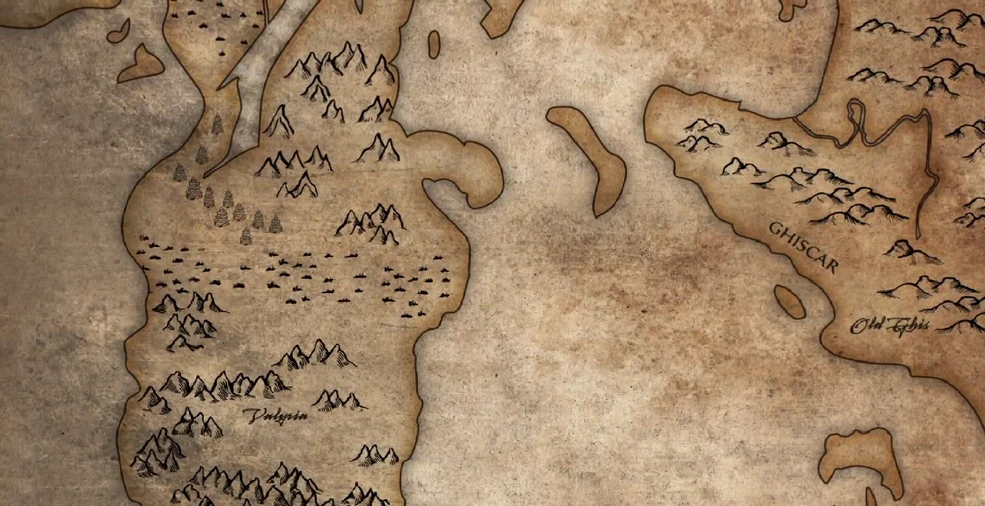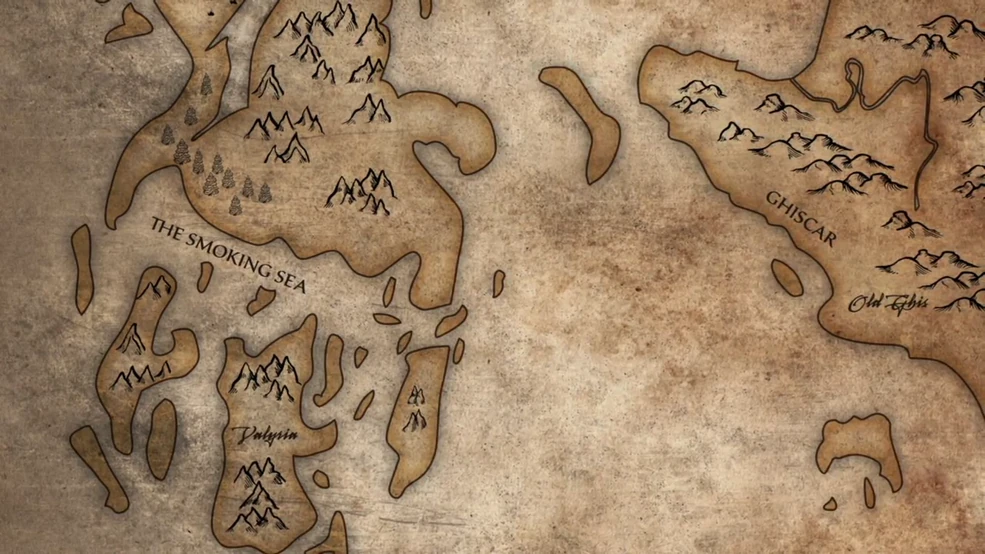Rikimarox2
He/Him- 8,095
- 4,626
Ah so it's just unquantifiable?
Man, that sucks.
Man, that sucks.
Follow along with the video below to see how to install our site as a web app on your home screen.
Note: This feature may not be available in some browsers.
problem is, we don't know the magnitude.I'm back yet again!
Judy a question, but what would shaking an entire mountain yeild?
Heres the feat:
"The roar of the giant dragon shook the earth and swayed the mountain, making the whole peak tremble."
mag 4 is only like minor shaking of plates and shiz. Mag 5 is when trees start shaking and bushes and stuff.just making stuff shake is Mag 4 I believe.
Bump? (Not sure how things work here. Just wanted to make sure this gets attention since I've had a blog open since yesterday)How would I calculate lifting strength from ripping off and shattering thick steel constraints?
Here are the feats I plan to calculate:
1
2
I was using the chain-breaking formula without accounting for hollowness since it's not hollow at all, but realized partway through that there may be a different method in this situation (Chain breaking formula resulted in high Class M Lifting Strength).
Hmmmmm, calculate the main area at which it was broken off? It'd be the thickness and the width of the metal parts. And then multiply it with the tensile strength of the material.How would I calculate lifting strength from ripping off and shattering thick steel constraints?
Here are the feats I plan to calculate:
1
2
I was using the chain-breaking formula without accounting for hollowness since it's not hollow at all, but realized partway through that there may be a different method in this situation (Chain breaking formula resulted in high Class M Lifting Strength).
I believe it broke off on both sides (and down the middle it seems) for the first one, and in the second one (the rounded metal beam) it appeared to shatter all over the place rather than just one part.Hmmmmm, calculate the main area at which it was broken off? It'd be the thickness and the width of the metal parts. And then multiply it with the tensile strength of the material.
Then the area times two, since you're breaking two copies of the same thingI believe it broke off on both sides (and down the middle it seems) for the first one, and in the second one (the rounded metal beam) it appeared to shatter all over the place rather than just one part.
Area must be in m^2 and the tensile strength must be in Pascal.By area, do you mean the cross-sectional area that was broken? If so, do I still multiply it by 1e+6 and the tensile strength?
Just the part where it breaks instead of applying it to the whole thing.(Also if we only measured the break by the part that was broken, would it be better to only measure the chains that were broken rather than the whole chain since chains usually break in half or into a few pieces? Because fro what I've seen people usually take the cross-section of the whole chain)

BumpoEllo! I'm back yet again!
I have a few questions, is it possible to calc these feats, and how?
The first one: The boss makes a huge beam.
The second one: The boss makes... flaming tornados or smth?
The third one: At the beginning of the fight, the boss causes an eclipse.
And the last one: The boss makes these black-hole looking things. I assume this one would just be black hole creation? Especially since it can apparently be frozen (Granted, not by the MC even if he has ice manip) They stated to be Black-Holes, fyi.
BumpEllo! I'm back yet again!
I have a few questions, is it possible to calc these feats, and how?
The first one: The boss makes a huge beam.
The second one: The boss makes... flaming tornados or smth?
The third one: At the beginning of the fight, the boss causes an eclipse.
And the last one: The boss makes these black-hole looking things. I assume this one would just be black hole creation? Especially since it can apparently be frozen (Granted, not by the MC even if he has ice manip) They stated to be Black-Holes, fyi.
The increased mass would lead to a loss in momentum due to conservation of energy, but it wouldn’t all be gone due to that.Does Freezing an object, solidifying an object or holding an object in a solidifying substance such as concrete or cement removes momentum in an object?
Okay, so what kind of feat would I get if you utilize perpetual momentum?The increased mass would lead to a loss in momentum due to conservation of energy, but it wouldn’t all be gone due to that.


You could compare it to the nearest comparable IRL distaster that had similar results.How can this disaster be calculated?


Context: the peninsula was shattered in a disaster, caused by the cataclysmic eruption of a chain of volcanic mountains that ringed Valyria. Vast amounts of land fell into the sea, with the surviving remnants becoming islands separated by water.
No need for destruction values at that scale, just straight up go with GBE if the planet can no longer reform.I just saw a comment on one of the deathbattle forums, he said "If a character can destroy a Planet and the shattered Particles don't recombine, the formula is Planet Destruction Result + GBE Planet" is this correct?
Can you explain/elaborate why only use the GBE Formula, I want to have my own opinion/understanding about this, not just follow along without understanding the meaning/explanationNo need for destruction values at that scale, just straight up go with GBE if the planet can no longer reform.
Because it's effectively simpler to use as you're basically overpowering gravity from being able to reform the planet, whereas using destruction values you have to account for the liquid and molten iron being dissipated as well (And their dissipation speed), not only that you also have to assume the water itself being vaporized as a result of such an explosion. It'd be easier if it were something like the moon (Which is mostly rock) and assuming it hadn't completely escaped gravity's hold, but with Earth and other similar planets, this can get really tricky simply due to the material composition (Can't shatter something that's already molten), so GBE is used when we're absolutely certain that all of the Earth is blasted beyond being able to reform back into a ball due to gravity, thus at that point and scale it's basically counterintuitive to use the normal destruction values. And as you can see, we also don't use destruction values for gas giants or stars, gas giants as a whole have no solid surface in them and their destruction is determined by gravitational binding energy. Same with stars, like our Sun.Can you explain/elaborate why only use the GBE Formula, I want to have my own opinion/understanding about this, not just follow along without understanding the meaning/explanation
So combining Destruction Result & GBE to get this Feat result is wrong right? i guess he destroyed the planet = Destruction, and not reunited into one = GBE, and the solution is Destruction Value + GBE Value.Because it's effectively simpler to use as you're basically overpowering gravity from being able to reform the planet, whereas using destruction values you have to account for the liquid and molten iron being dissipated as well (And their dissipation speed), not only that you also have to assume the water itself being vaporized as a result of such an explosion. It'd be easier if it were something like the moon (Which is mostly rock) and assuming it hadn't completely escaped gravity's hold, but with Earth and other similar planets, this can get really tricky simply due to the material composition (Can't shatter something that's already molten), so GBE is used when we're absolutely certain that all of the Earth is blasted beyond being able to reform back into a ball due to gravity, thus at that point and scale it's basically counterintuitive to use the normal destruction values. And as you can see, we also don't use destruction values for gas giants or stars, gas giants as a whole have no solid surface in them and their destruction is determined by gravitational binding energy. Same with stars, like our Sun.
More like there's no need to use destruction values in the first place at that scale (I'd argue it doesn't account for a lot of the other non-solid parts of the planet, like the mantle and the outer core and the oceans and their dispersion speed, if that makes sense), if the planet is blasted beyond any chance of reforming and coming back as a gravitationally bound body, GBE is more than enough.So combining Destruction Result & GBE to get this Feat result is wrong right?
Once again, read above. Destruction values at this scale becomes effectively unnecessary. If the planet can no longer come back and reform, the solution is to just use GBE.i guess he destroyed the planet = Destruction, and not reunited into one = GBE, and the solution is Destruction Value + GBE Value.
Ok I get it, thanks for the responseMore like there's no need to use destruction values in the first place at that scale (I'd argue it doesn't account for a lot of the other non-solid parts of the planet, like the mantle and the outer core and the oceans and their dispersion speed, if that makes sense), if the planet is blasted beyond any chance of reforming and coming back as a gravitationally bound body, GBE is more than enough.
Once again, read above. Destruction values at this scale becomes effectively unnecessary. If the planet can no longer come back and reform, the solution is to just use GBE.
MPa and J/cc are practically the same units.I've seen in one thread @KLOL506 it said "J/Cc used for Fragmentation comes from MPa units" something like that, what I want to ask is how the Staff/Calc Group here converts MPa to J/Cc? I'd like a fairly clear answer (like the formula for converting MPa to J/Cc, or maybe there's a note to remember for converting MPa to J/Ccc, something like that), because I'm interested in calculations, and I hope I can also be a Calc Group in here
I see, thanks to the Calc Group for respondingMPa and J/cc are practically the same units.
As for conversion, here's an example (Credits to Firestorm808 for showing the conversion method itself):
Low End Shear Strength of Concrete (Since we use shear strength for frag) as per our Destruction Values chart = 6 MPa = 6*10^6 N/m^2
1 Joule = 1 Newton * 1 Meter
1 Joule / 1 Meter = 1 Newton
6*10^6 Newtons = 6*10^6 J / Meter
6*10^6 J / Meter / Meter^2 = 6*10^6 J / Meter^3 = 6 J/cm^3 = Fragmentation
In essence, 1 MPa is 1 J/cm^3.